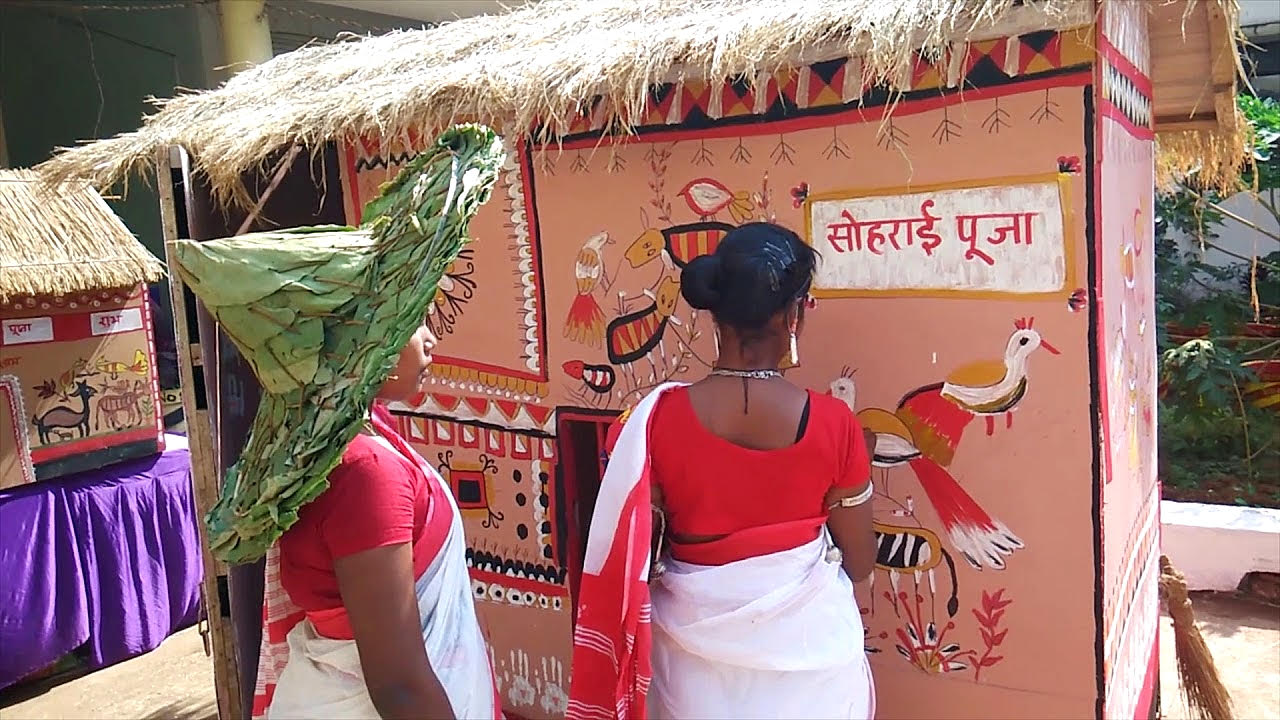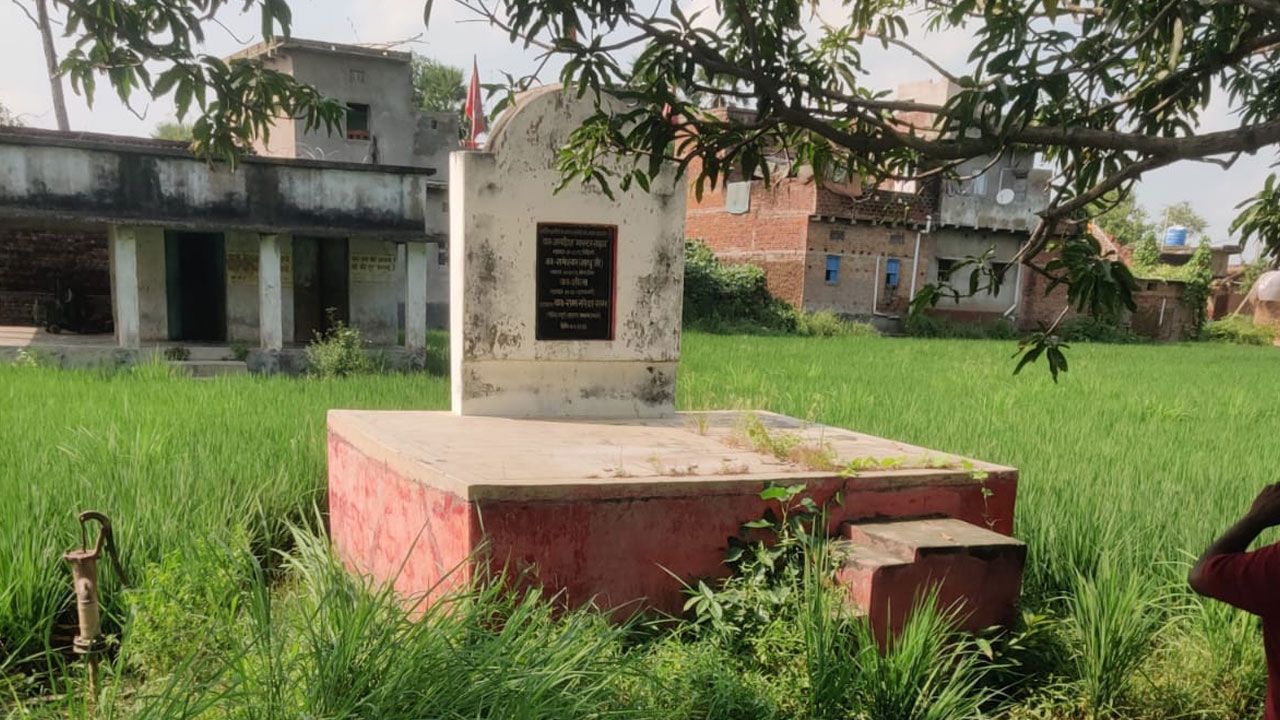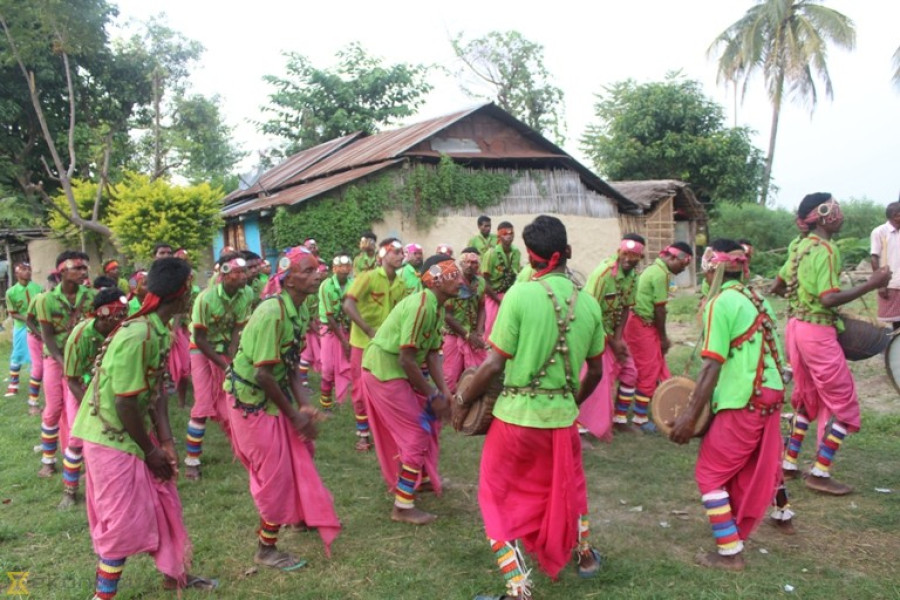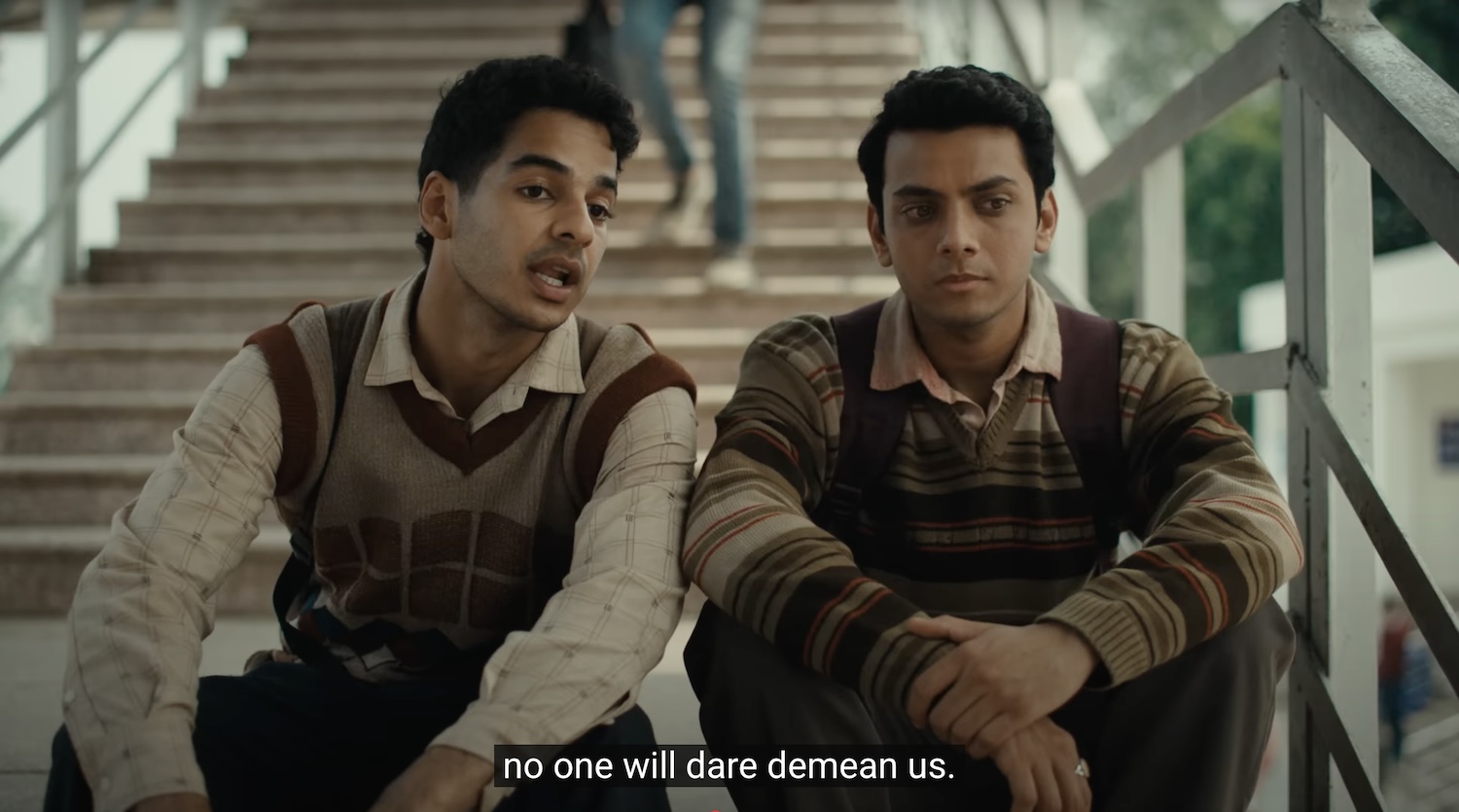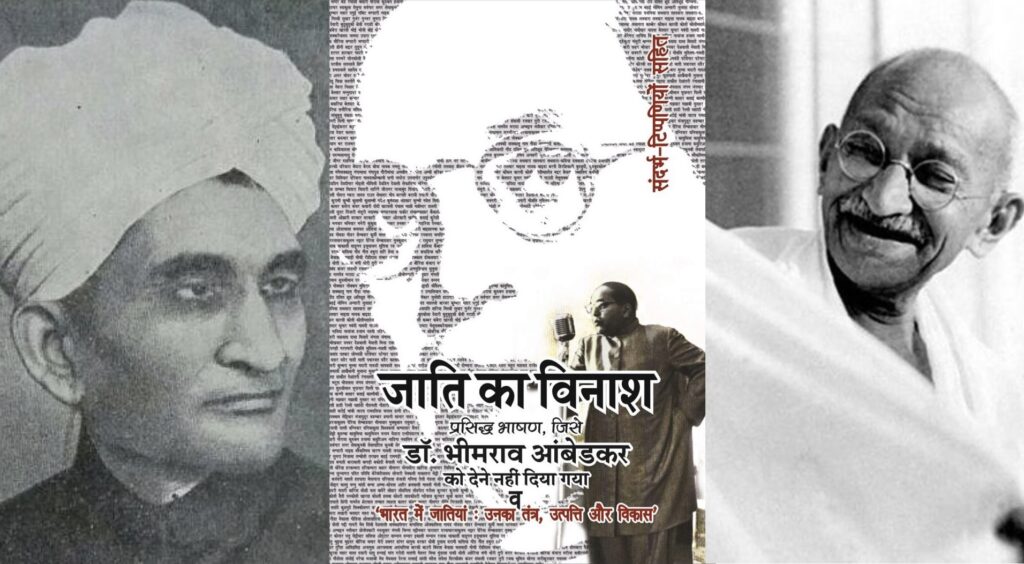In Jharkhand, entrenched poverty, patriarchal social norms, and systemic gaps in child protection continue to push thousands of girls into early and forced marriages each year. Despite a measurable decline from 37.9 per cent* (NFHS-4, 2015-16) to 32.2 per cent (NFHS-5, 2019-21), prevalence of child marriage in Jharkhand remains substantially higher than the national average of 23.3 per cent (DHS Program; The Hindu Centre, 2022). This persistence reflects a crisis that undermines girls’ fundamental rights to education, health, bodily autonomy and dignity.
The NFHS-5 data confirms the seriousness of the problem. More than one in three women aged 20–24 years in Jharkhand were married before the legal age of 18, with rural girls (36.1 per cent) almost twice more affected than their urban counterparts (19.4 per cent). Jharkhand consistently ranks among the top three states in terms of prevalence of child marriage (Alam, 2023). The consequences are both immediate and long-term. Early marriage significantly heightens the risk of adolescent pregnancy and maternal mortality while perpetuating cycles of low educational attainment and intergenerational poverty. UNICEF estimates that India continues to account for at least 1.5 million child marriages annually, with Jharkhand contributing disproportionately to this burden (UNICEF, 2022).
Social fabric, and the historical context of child marriage
Jharkhand is characterized by its significant Adivasi population – nearly 26 per cent – residing in remote, forested, hilly areas with limited access to health and educational facilities and livelihood infrastructure. This geographical isolation, compounded by displacement due to mining and industrialization, has entrenched poverty. For many tribal families, child marriage is a way of warding off economic precarity and the threat of trafficking, while simultaneously reinforcing community norms that glorify early unions as the means to cultural continuity.
Dalits and Other Backward Classes (OBCs), who together constitute over 60 per cent of Jharkhand’s population, remain vulnerable to both caste-based marginalization and economic deprivation. Among these groups, child marriage is not merely a gendered practice but a mechanism of social survival, with dowry system and the fear of young boys and girls developing inter-caste relationships accelerating the push toward early unions. Interventions often fail when they do not adequately address layered structural determinants such as this intersection of caste hierarchies with patriarchal control.
Interestingly, child marriage is not confined to marginalized castes alone in Jharkhand. The predicament of Radha Pandey from Koderma and other such cases are proof that even socially dominant groups are not immune. Moreover, the motivations differ significantly from neighbouring states such as Bihar and Uttar Pradesh, where upper-caste child marriages are often tied to dowry negotiations and consolidation of agrarian wealth. In Jharkhand, upper-caste families living in districts marked by economic stagnation, limited diversification of livelihoods, and inadequate educational opportunities for girls are found to be vulnerable to child marriage. This convergence of economic insecurity with entrenched patriarchal expectations shatters the shield of caste privilege against this practice.
What emerges, therefore, is a nuanced landscape where child marriage cannot be attributed to poverty alone. Instead, it reflects a complex interplay of historical underdevelopment, displacement, caste stratification, and gendered anxieties that reinforce marriage as both a cultural imperative and an economic strategy. Recognizing these contextual variations is essential for designing interventions that are both culturally sensitive and structurally transformative.
Child marriage has little to do with large tribal population
The persistence of child marriage in Jharkhand is often misattributed to its large tribal population. Popular narratives and even policy discourses sometimes imply that high prevalence of child marriage is a cultural artefact of Adivasi life. However, district-level data reveals a far more complex reality, one that demands a deeper interrogation of Jharkhand’s development trajectory and its persistent inequities.
Districts with very high Scheduled Tribe (ST) concentration – Khunti (73.3 per cent), Simdega (70.8 per cent), Gumla (68.9 per cent), West Singhbhum (67.3 per cent), Lohardaga (56.9 per cent) and Latehar (45.5 per cent) – often report lower than average prevalence, with Simdega recording the lowest rate (15.9 per cent) and Khunti just 21.7 per cent (NFHS-5). In contrast, districts such as Jamtara (50.5 per cent), Deoghar (49.2 per cent), Godda (48.5 per cent), and Giridih (45.6 per cent) – where ST populations are moderate or low (ranging between 12-30 per cent) – witness highest levels of child marriage in the state.
This inverse correlation shows that child marriage is not a “tribal issue” but a developmental crisis shaped by intersecting vulnerabilities. Tribal communities, while facing chronic disadvantages of remoteness, poor infrastructure and displacement, are not the sole or even the primary milieu of Jharkhand’s child marriage crisis. Instead, the highest prevalence is found in districts where Dalits, OBCs and economically insecure upper-caste families struggle under the combined weight of dowry practices, patriarchal anxieties over inter-caste unions, and the lack of sustainable livelihood opportunities.
Field evidence suggests that child marriage and the fear of child traffickers can be related. In many marginalized communities, parents report arranging earlier marriages as a protective strategy against abduction, sexual violence, or trafficking – a coping response where poverty, mobility and weak protection systems increase perceived risk. At the same time, child and forced marriages are often part of the trafficking process and other forms of exploitation: early marriages can create new vulnerabilities (including denial of schooling, economic dependence, and re-trafficking) and become counterproductive.
The plight of Jharkhand girl’s children thus reflects the failure of a resource-rich state to protect the basic rights and opportunities of its citizens, leaving its most vulnerable – Dalits, Adivasis, and the rural poor – exposed to harmful practices that perpetuate cycles of poverty and disempowerment. This perspective is crucial for shifting the discourse from cultural blame game to developmental accountability.
Social background of trafficked children
Existing empirical evidence demonstrates that victims of trafficking disproportionately belong to Adivasi communities. Tribal girls constitute nearly 90 per cent of victims of trafficking from the state (Ram Dayal Munda Tribal Welfare Research Institute, cited in Outlook, August 2024). This overrepresentation is not incidental, but rooted in the intersecting dynamics of poverty, dispossession and systemic exclusion, as observed in Khunti district, where 73 per cent of the population is tribal and trafficking cases remain alarmingly common (The Hindu 2024). Dalit and OBC communities are also represented in these figures, though their numbers are smaller; studies note that vulnerabilities arising from caste-based hierarchies, land alienation, and lack of access to education intensify their susceptibility to trafficking networks (Srijan, 2020; Shaktivahini, 2018). Thus, trafficking in Jharkhand is best understood not merely as a law-and-order matter but as embedded in historical inequalities of caste and tribe, where marginalized groups bear the heaviest burden of exploitation (EPW Engage, 2019; Times of India, 2025).
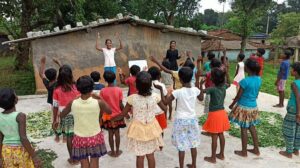
Dropouts, Dowry, and the Burden of Honour
Education is widely recognized as the most effective safeguard against child marriage. Evidence demonstrates that girls who complete secondary education are significantly less likely to be married before the age of 18 (Paul et al., as cited in Alam, 2023). However, Jharkhand continues to face an alarming school-dropout rate. A recent survey released in Ranchi (August 2025) revealed that 38 per cent of children had left school after experiencing verbal, physical, sexual or cyber violence, with girls and children with disabilities disproportionately affected (The Times of India, 2025). Such unsafe learning environments not only accelerate attrition but also heighten girls’ vulnerability to early marriage.
Yet only increased access to school education won’t suffice. Between 2019-20 and 2023-24, female literacy in Jharkhand increased from 64.1 per cent to 70.6 per cent. Yet these gains have not translated into economic empowerment. Female labour force participation remains strikingly low at 25.6 per cent, compared to 78.8 per cent for men. This mismatch sustains the perception that investment in girls’ education yields limited returns, thereby reinforcing marriage as the default pathway for adolescent girls.
The practice of child marriage in Jharkhand is also deeply embedded in socio-economic realities. In low-income households, marrying daughters early is perceived as reducing financial strain. Dowry practices further incentivize early marriage, as younger brides are often associated with lower dowry demands. Field studies across Palamu, Garhwa, and Giridih highlight parental anxieties over inter-caste relationships, often resolved through hastened marriages (Alam, 2023). Underpinning these dynamics is patriarchal control over female sexuality, where marriage is construed as a means to safeguard “honour”. Consequently, adolescent girls are seen as liabilities rather than as individuals with aspirations, and these cultural scripts, when intersecting with poverty, create powerful structural drivers of early marriage.
Confronting vulnerabilities
Jharkhand continues to be a critical source area for trafficking, particularly of minor girls coerced into domestic labour and sexual exploitation. In 2021, children accounted for 58 per cent of all trafficking victims in the state, with girls comprising nearly 60 per cent of them (The Times of India, 2021). Many of these victims were rescued from metropolitan cities such as Delhi, confirming the presence of organized networks that prey on the state’s most marginalized communities. At the same time, expanding digital connectivity has created new forms of vulnerability. National Crime Records Bureau (NCRB) data indicates a sharp rise in cybercrimes against children, including online grooming and sexual exploitation (NCRB, 2022). Judicial consultations in Jharkhand have repeatedly highlighted the urgent need for digital literacy initiatives and the development of child-sensitive cyber-policing capacities.
Against this backdrop, judicial and policy engagement on child protection has intensified. The Juvenile Justice-cum-POCSO Committee of the High Court has convened state-level consultations, including the 2025 Stakeholders Consultation on Safeguarding the Girl Child, which brought together judges, policymakers, civil society actors and adolescent voices to collectively address systemic gaps (Live Law, 2025). Parallelly, the Department of Women, Child Development & Social Security has updated the State Action Plan (2025-2030), emphasizing strengthened roles for Child Marriage Prohibition Officers, convergence of departmental efforts, and intensified campaigns aimed at reshaping social norms (The Statesman, 2024). Legal innovations – ranging from Child-Friendly Police Stations to the Nirbhaya Shakti initiative and the National Legal Services Authority (NALSA) 2024 framework for child-friendly legal aid – hold promise, though implementation remains uneven, particularly in rural and tribal districts.
But what is most inspiring is the agency of adolescent girls themselves. From Koderma to Ranchi, young leaders have not only resisted early marriage but also intervened in peers’ cases and mobilized communities to challenge entrenched practices. Platforms such as Bal Patrika, supported by civil society actors, have amplified these voices, enabling adolescent girls to articulate aspirations that defy patriarchal constraints.
Multidimensional strategy to end child marriage
Jharkhand’s recent State Action Plan to end child marriage represents a strategic shift towards comprehensive adolescent empowerment, with education positioned as its central pillar. The plan prioritizes universal access to free and quality secondary schooling for girls, supported by welfare interventions. These have contributed to a reduction in child marriages – from 37.9 per cent (NFHS-4, 2015-16) to 32.2 per cent (NFHS-5, 2019-21) (The Times of India, 2021). These measures reflect an acknowledgement that delaying marriage is contingent upon ensuring that girls can pursue education without disruption, acquire financial literacy and access reproductive health knowledge, thereby developing the resilience necessary to resist the socio-economic imperatives of early marriage.
Parallel to educational strategies, Jharkhand is strengthening its legal framework in line with recent Supreme Court directives mandating the appointment of dedicated Child Marriage Prohibition Officers (CMPOs), the establishment of special courts, and the use of judicial injunctions under the Prohibition of Child Marriage Act (PCMA) (Hindustan Times, 2024; SCC Online, 2024; The Times of India, 2024). The state’s draft Action Plan (2025-2030) underscores inter-departmental coordination, calling upon law enforcement and child protection agencies, and rural institutions to ensure stricter compliance and more timely prosecution. Simultaneously, community mobilization is to continue through campaigns such as Bal Vivah Mukt Abhiyan, communications to drive social-behaviour change, strengthening of Panchayati Raj Institution leadership, and reshaping entrenched gender norms by repositioning the value of the girl child (Jharkhand State News, 2024; The Times of India, 2024).
The plan also seeks to confront structural drivers by expanding economic and psychosocial support systems. Skill development initiatives and conditional cash transfers aim to alleviate the economic imperatives that often underpin child marriage practices (The Times of India, 2024). Investments in mental health infrastructure, including the Tele-MANAS helpline (accessible via toll-free number 14416 and operating through Central Institute of Psychiatry, Ranchi), further illustrate the state’s commitment to integrating psychosocial counselling with adolescent health frameworks (Prabhat Khabar, 2024; News9live, 2024; Jagranjosh.com, 2024). Taken together, these layered interventions – encompassing education, legal reform, community mobilization, livelihood security and psychosocial support – aspire to construct a protective ecosystem in which adolescents can flourish holistically.
Policy pathways and the road ahead
Recent policy responses in Jharkhand reflect a discernible shift toward layered strategies that integrate financial incentives, legal reforms, and social norm change. Welfare schemes aimed at supporting adolescent girls, community campaigns against early marriage, and the integration of psychosocial interventions such as digital counselling platforms collectively signal a recognition that the problem of child marriage requires multi-pronged solutions (The Times of India, 2024; Prabhat Khabar, 2024). Yet, structural constraints remain significant. Uneven enforcement of the Prohibition of Child Marriage Act (PCMA), unsafe schooling environments, and the limited livelihood opportunities for young women continue to undermine the sustainability and effectiveness of these measures (Hindustan Times, 2024; SCC Online, 2024).
At the heart of the emerging solutions, however, are adolescent girls themselves. Increasingly, they resist early marriage, mobilize peers, and articulate their aspirations through grassroots platforms, exemplifying the transformative potential of adolescent agency (Alam, 2025). Jharkhand’s pathway forward requires amplifying this agency while addressing structural vulnerabilities through coordinated, multi-sectoral action involving education, law enforcement, livelihood security, mental health, and community mobilization. Encouragingly, state leadership has demonstrated a consistent orientation toward safeguarding the rights of marginalized groups and Particularly Vulnerable Tribal Groups (PVTGs), strengthening welfare provisions, and investing in inclusive growth (Jharkhand State News, 2024). If such momentum is sustained, Jharkhand could emerge as a model for curbing child marriage in India.
Conclusion
Jharkhand thus occupies a strategic inflection point. Alignment of judicial initiatives, state policies, civil society programmes, and adolescent leadership could position the state as a replicable model for high-prevalence regions nationwide. Achieving a child-marriage-free Jharkhand necessitates more than statutory prohibition; it requires dismantling structural inequities, expanding education and livelihood access, and reinforcing the courage of young women with protection, resources and justice. Supporting their agency will be decisive in building a more equitable and inclusive society.
Note: The National Family Health Survey (NFHS) indicator on child marriage uses the share of women aged 20-24 who were married before 18, which is the globally accepted Sustainable Development Goals (SDG) metric; it deliberately looks backward from ages 20-24 to capture completed risk before adulthood. (india.unfpa.org)
References
- Alam, T. (2023, September 21). Investment in girls’ education critical to arrest child marriages in Jharkhand. Down to Earth. https://www.downtoearth.org.in/blog/governance/investment-in-girls-education-critical-to-arrest-child-marriages-in-jharkhand-91885
- Economic and Political Weekly (EPW) Engage. (2019). How are women trafficked from Jharkhand? https://www.epw.in/engage/article/how-are-women-trafficked-jharkhand
- Hindustan Times. (2024, November 17). Child marriages: SC orders mandatory sex education in schools. https://www.hindustantimes.com/india-news/child-marriages-sc-orders-mandatory-sex-education-in-schools-101729276050230.html
- Jharkhand State News. (2025, February 24). Jharkhand releases action plan to end child marriage. https://jharkhandstatenews.com/article/readers-choice/648/jharkhand-releases-action-plan-to-end-child-marriage
- Outlook. (2024, August). Human trafficking in Jharkhand: Regional patterns and policy challenges.
- Ram Dayal Munda Tribal Welfare Research Institute. (as cited in Outlook, 2024).
- Shaktivahini. (2018). Jharkhand draft report on human trafficking. https://shaktivahini.org/wp-content/uploads/2018/12/JHARKHAND-DRAFT-REPORT-2.pdf
- Srijan. (2020). Human trafficking in Jharkhand: Regional pattern, characteristics and policy challenges. https://www.srijanjhk.org/wp-content/uploads/2020/09/Human-trafficking-in-Jharkhand-regional-pattern-characteristics-and-policy-challenges.pdf
- Statesman. (2024, February 29). Jharkhand’s child marriage crisis: Between law, poverty and a new generation’s defiance. https://www.thestatesman.com/india/jharkhands-child-marriage-crisis-between-law-poverty-and-a-new-generations-defiance-1503475208.html
- The Hindu. (2024, August 30). Six minors being trafficked from Jharkhand to Delhi rescued. https://www.thehindu.com/news/cities/Delhi/six-minors-being-trafficked-from-jharkhand-to-delhi-rescued/article68244522.ece
- Times of India. (2018, January 16). People’s support must to end child marriage. https://timesofindia.indiatimes.com/city/ranchi/peoples-support-must-to-end-child-marriage/articleshow/62505042.cms
- Times of India. (2025, February 2). Over 1.3k human trafficking victims rescued in last 5 years. https://timesofindia.indiatimes.com/city/ranchi/over-1-3k-human-trafficking-victims-rescued-in-last-5-yrs/articleshow/117532047.cms
- Times of India. (2025, February 6). Child marriage rate in Jharkhand registers dip, betters national average: Govt. https://timesofindia.indiatimes.com/city/ranchi/child-marriage-rate-in-jharkhand-registers-dip-betters-natl-average-govt/articleshow/121630492.cms
- Times of India. (2025, February 22). State prepares new action plan to curb child marriage. https://timesofindia.indiatimes.com/city/ranchi/state-prepares-new-action-plan-to-curb-child-marriage/articleshow/123438815.cms
- Times of India. (2025, August). 38% of school children drop out due to abuse in Jharkhand. https://timesofindia.indiatimes.com/city/ranchi/articleshow/123605243.cms
(Edited by Amrish Herdenia/Anil)

